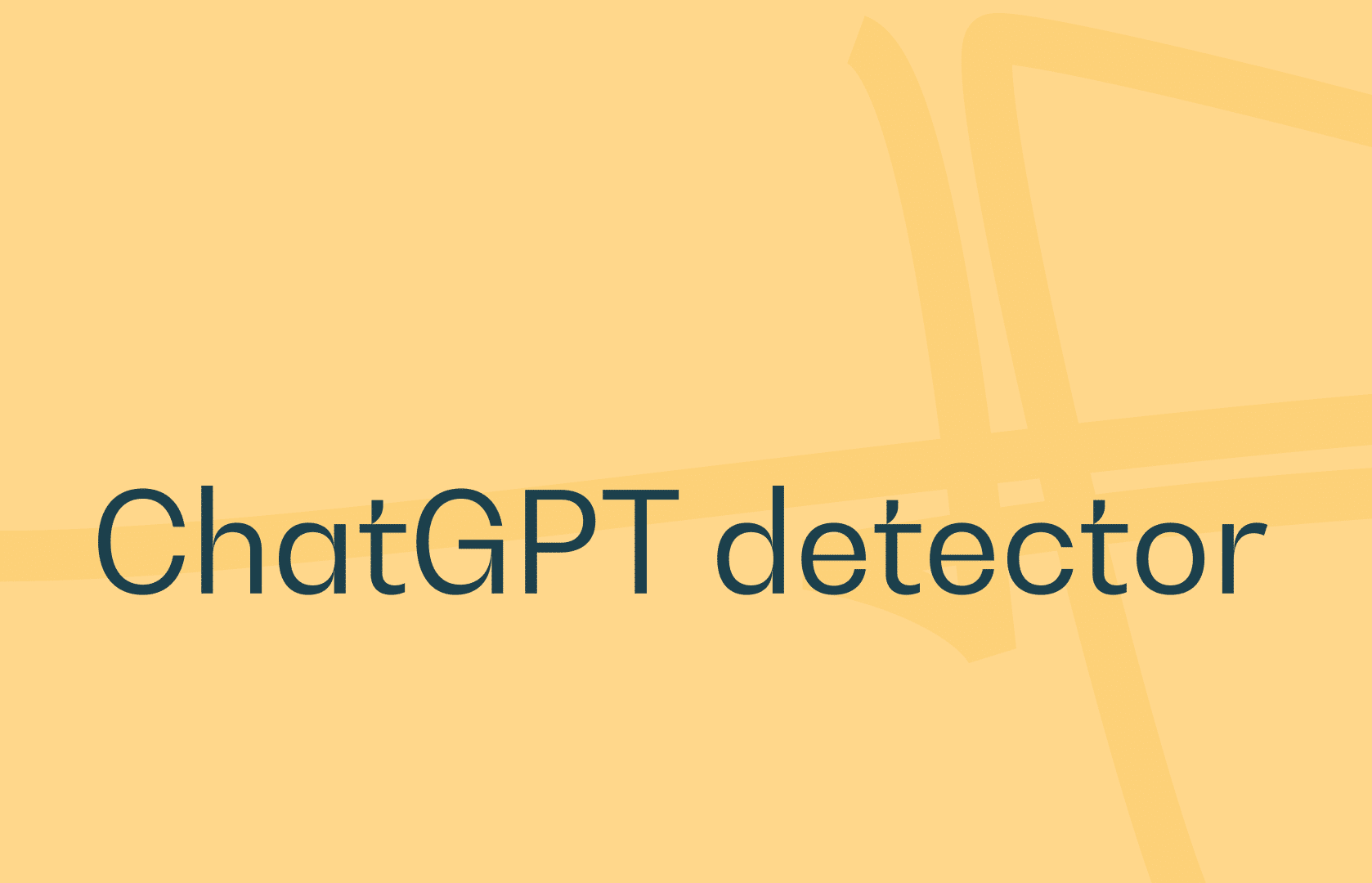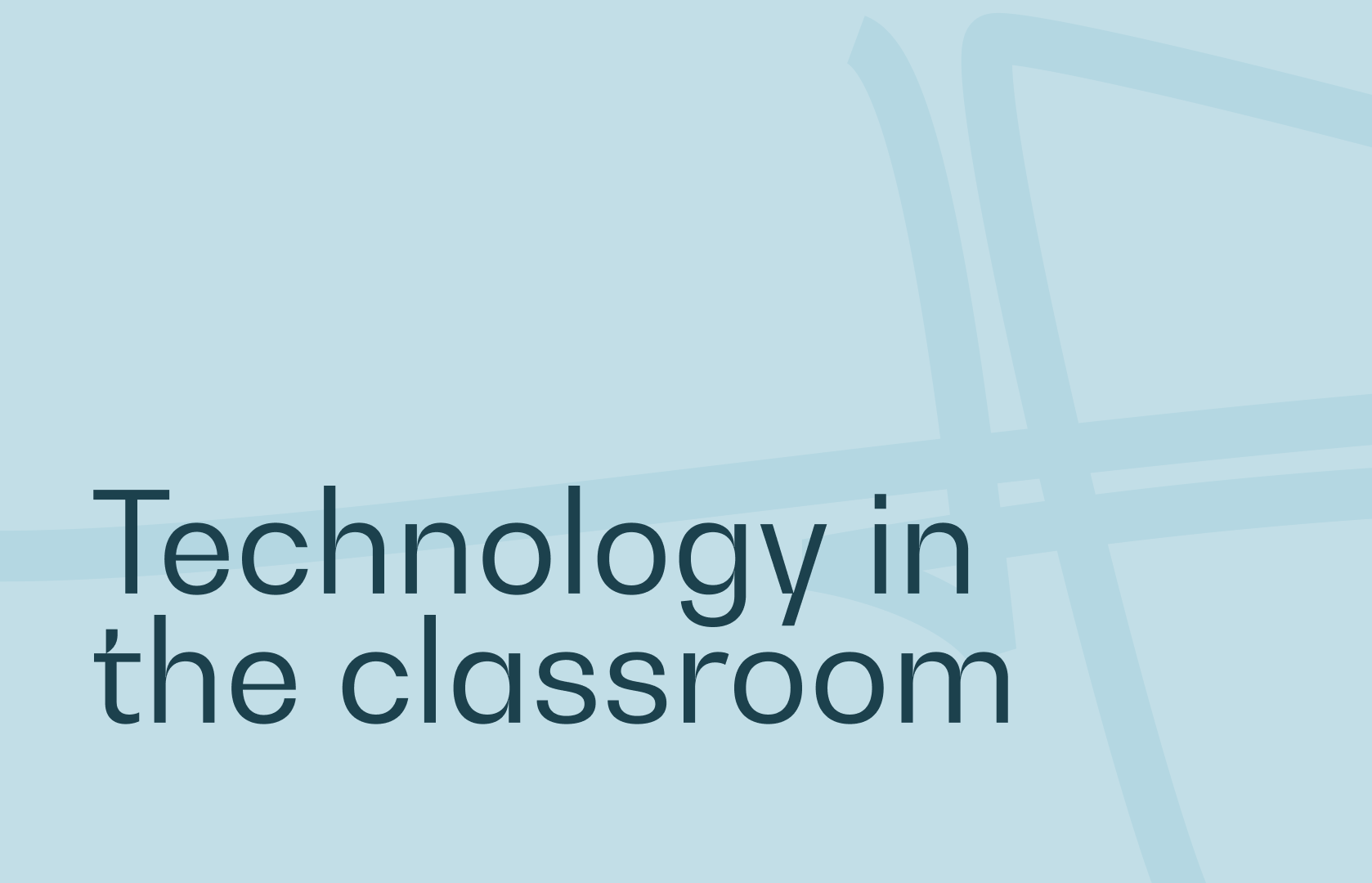Since the arrival of ChatGPT, an artificial intelligence-generated text tool, opinions have been mixed, particularly in the field of education. Capable of generating a variety of textual content, this tool can also be used for malicious purposes such as disinformation or cheating.
OpenAI, the company behind the famous ChatGPT, has launched a tool capable of detecting whether a text has been written by an artificial intelligence (AI) or a human. This detector is capable of predicting with what probability a text, of at least 1,000 characters, has been imagined by AI rather than by a human being.
How does it work?
Once a text of at least 1000 characters has been entered into the tool, the software will label the document according to the probability that the AI has intervened. There are five levels of probability: very unlikely (10% chance), unlikely (between 10 and 45%), unclear (between 45 and 90%), maybe (between 90 and 98%), or probably (over 98%). OpenAI nevertheless estimates that 9% of texts are incorrectly considered to have been written by AI.
But the company has warned users on its blog that the tool is not entirely reliable, and the creators want feedback on how their new tool works.
We’ve tested the tool for you:
Some students may be tempted to use ChatGPT to write assignments.

To test the tool’s fallibility and see its limits, we generated an essay on ChatGPT and then used a tool to paraphrase the text in order to blur the lines of a possible text generated by an artificial intelligence.

After paraphrasing the text, AI Classifier Text still believes that the text is generated by an artificial intelligence. In conclusion, the new tool achieves a positive breakthrough in preventing cheating. A student who still wants to use ChatGPT by paraphrasing his sentences with a tool will still have to work manually and therefore use his knowledge.
How to avoid cheating without tools?
There are several ways to help teachers detect cheating:
- Monitor suspicious behavior: Teachers can be alerted by behaviors such as duplication of answers, lack of engagement during the exam, frequent consultation of notes, etc.
- Use proctored online exams: Online exams can be monitored for suspicious behavior, such as copying text or consulting websites.
- Diversify exam questions: Teachers can diversify exam questions to prevent students from sharing answers.
- Assign random topics: Teachers can assign random topics to prevent students from being unable to prepare in advance by sharing answers.




